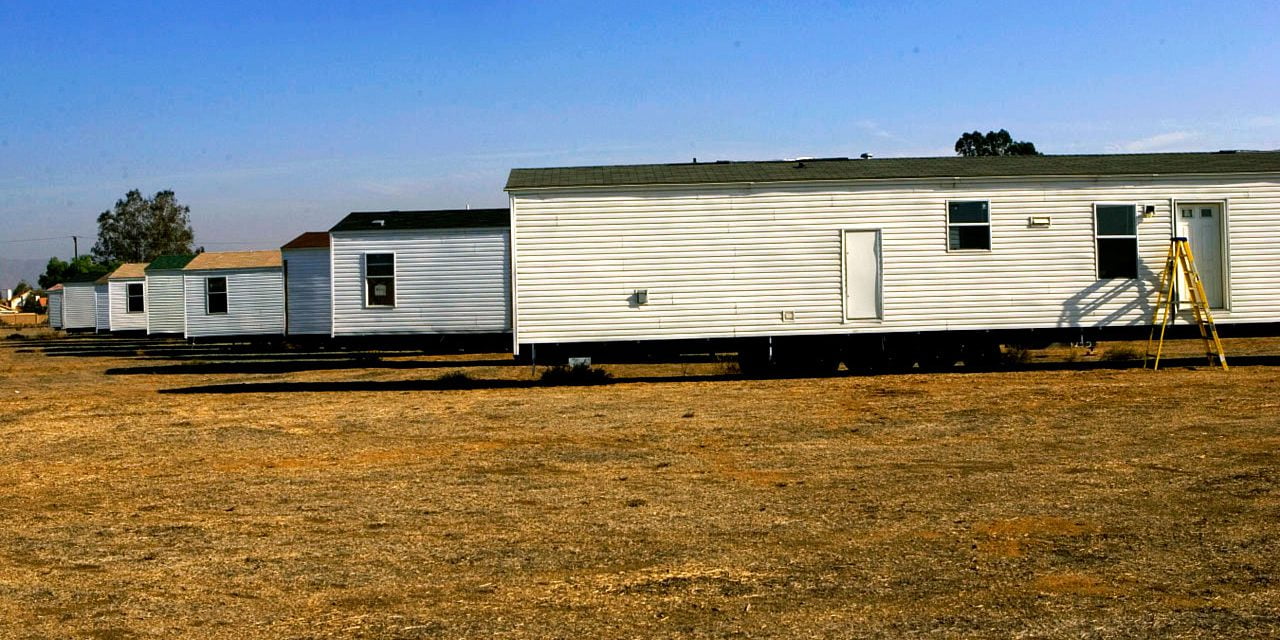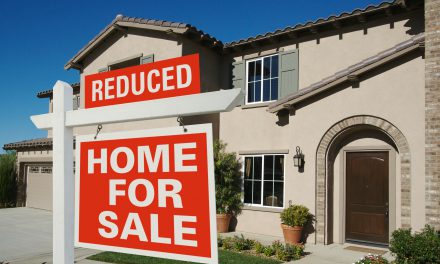Seniors are the quickest growing population in California. As this population ages, their old housing is becoming unsuitable or untenable. Where will they live now? This is a question to which many Californians are finding they don’t have an answer.
Senior housing challenges
Aging comes with a unique set of challenges. Unable to move around as easily, many seniors find they can’t climb stairs or maintain their large homes or properties like they used to.
And yet, more seniors are choosing to age in place, holding onto their single family residences (SFRs) longer than previous generations. Nationally, seniors live in roughly 1.6 million homes, according to Freddie Mac.
However, aging in place may not be possible for all seniors, especially those who need extra help and those who rent. Others are modifying their homes, adding accessibility features to make staying in their long-term home easier. This includes adding:
- ramps;
- railings or grab bars;
- stair lifts; and
- additional safety and security features.
Modifications can be cost-prohibitive, and even when they are made, seniors may need the assistance of a caregiver. In the end, it may make more sense to downsize, move closer to family members who can help — perhaps into a family member’s casita — or relocate to a senior housing community.
Related article:
Setting the stage for a new life: Tips for seniors on downsizing and moving
Senior housing is exempt from the age discrimination requirements set forth by the Federal Fair Housing Act (FFHA) for those in housing intended for and solely occupied by residents 62 years of age and older. [24 Code of Federal Regulations §100.303(a)]
Here in California, a senior housing development needs to consist of at least 35 residential units specifically developed or renovated for seniors. [Calif. Civil Code §51.3(b)(4)]
Also qualifying for the senior housing development exception are qualified permanent residents. This includes disabled children or grandchildren living with a senior citizen due to the disabling condition. [CC §51.3(b)(3)]
Permitted healthcare residents who are hired to provide live-in, long-term or terminal health care to the senior resident may also live in a senior housing development. [CC §51.3(b)(7)]
Alternatively, at least 80% of the units need to be occupied by at least one resident 55 years of age or older. [24 CFR §100.303(d)]
Read more about the types of senior housing in California here.
Senior renters face a shortage
Seniors who own their homes have the option of modifying their homes or selling and downsizing. But senior renters are much more vulnerable. Living on a fixed income, they are most vulnerable to the rent increases that are occurring on an increasing basis across California, as demand for housing outstrips supply.
In Los Angeles, 26% of no-fault evictions happen to residents who are 62 years or older. In contrast, roughly 13% of the city’s units are occupied by seniors. Thus, the eviction rate for seniors in Los Angeles is significantly higher than it is for other age groups.
No-fault evictions usually occur when a renter is living with a month-to-month lease. Some seniors are unaware they have this type of lease, as when their annual lease ends the landlord may choose to continue the lease on a month-to-month basis. Then, when the landlord decides to re-list the unit at a higher rate, they may simply evict the long-term tenant with very little notice.
Editor’s note — When a landlord changes the terms of a month-to-month lease, 60 days’ notice is required for rent increases greater than 10%, or 30 days for increases 10% or less. [CC §827(b)]
A growing trend in California, limited partnerships have been buying up rentals in bulk and raising the rent and/or sending eviction notices to senior tenants, according to the Los Angeles Times. Tenants who try to fight the increases face lengthy and costly legal battles that don’t always turn out in their favor.
In the Bay Area, a 2015 report from U.C. Berkeley showed over half of senior renters did not have enough income to meet their basic needs. Even legally defensible rent increases have been devastating to these seniors, forcing many from their long-time homes onto the streets.
The result?
The number of homeless seniors is rising at an alarming rate. In Los Angeles, the number of homeless seniors rose 22% in 2018, leaving 4,800 seniors on the streets. Experts predict the number could rise to 30,000 by 2030.
Our state’s extreme homeless crisis is a growing problem, horrifying for the seniors who are forced to walk miles in search of a bathroom, food and water, and damaging to the quality of life in our cities, too.
Legal efforts to keep seniors housed fall short
Some legal protections exist to keep seniors in their current housing arrangements, which real estate professionals need to be aware of.
Rent control can provide some protection for seniors in low-income housing, but rent-controlled units are few and far between. Further, there are loopholes landlords use to get around rent control laws. Ellis Act evictions are a common sidestep used by landlords to skirt around the law and evict tenants from rent-controlled apartments. In these cases, the landlord “goes out of business” by converting the rent-controlled unit into a condo or single family residence (SFR) or simply demolishing it (even then, some landlords perform the Ellis Act eviction and then re-list the property at a higher rate, anyway).
Other laws are gradually being put into place to provide more helping hands for seniors attempting to stay in their homes.
For example, as of July 1, 2019, the Senior Citizens Manufactured Home Property Tax Postponement Law went into effect. This law allows senior mobilehome owners to defer payment of their property taxes, due upon the sale or transfer of the mobilehome.
Another law currently under consideration, SB 364, would remove the inflation factor from a property’s assessed value for veterans aged 65 and older. It would also exempt a disabled veteran from paying property taxes on the full value of their principal residence.
Various other laws encourage local governments to expedite zoning and permitting for new senior housing developments. This is ultimately the needed solution to the shortage in senior housing — more units need to be built to house this growing population. At the same time, more laws are needed to protect seniors and keep their rent affordable to their fixed incomes.
Seniors who are having conflicts with their landlords may be able to find help from the state’s Department of Aging. Qualifying Californians are aged 60 or older, regardless of income level.














